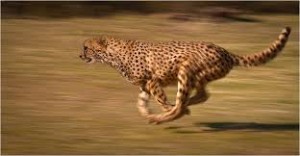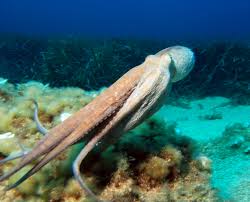What are the different types of animal locomotion?« Back to Questions List
|
Ethology is the study of animal behavior. Locomotion refers to the movement that causes a progression from one place to another. There are several different types of locomotion exhibited by the animal kingdom. It could either be active or passive. Sessile are animals that spend most of their adult life in one place. Animals that move around are called motile. Corals, sponges are examples of sessile organisms. The act of flying is called aerial locomotion. Many organisms including birds, insects, bats, flying squirrels, many aquatic species and some amphibians including frog have learnt to fly or glide. Arboreal locomotion refers to species that live in and move through trees. Leopards are good climbers that can climb up the tree along with their hunted prey to keep them safe from other predators. The challenges of arboreal locomotion include walking on narrow branches, moving up and down the inclines, balancing, swinging with arms from one handhold to another and crossing gaps. Cats, parrots, chameleons, goats, lizards and tree snakes are few examples of arboreal animals. The movement on water is called aquatic locomotion. This involves swimming or walking on the bottom surface of sea or ocean. Fish, ducks, bacteria, turtles, flat worms, inchworms, leeches etc are organisms that can move through a liquid medium. Most terrestrial animals move about using cursorial locomotion. Running adaptation of different animals is referred to as cursorial locomotion. Forelimbs and hindlimbs play different roles cursorial four-footed animals. These animals are accustomed to long distance running at high speeds rather than high acceleration over short distances. Cheetahs, wolves, ostriches are known for their cursorial locomotion. Movement of animals that dig and live underground possess is called fossorial locomotion. Such animals penetrate soil, wood or stone. Many soft bodied invertebrates, moles, earthworms and sea cucumbers are examples of organisms with fossorial locomotion. Animals using hopping or jumping to move possess saltatorial locomotion. Kangaroos, rabbits and few rodents exhibit saltatorial motion.
How do animals adapt to the weather and food shortage in winter?What is meant by symbiosis with respect to the animal kingdom?How do animals change color?
|


